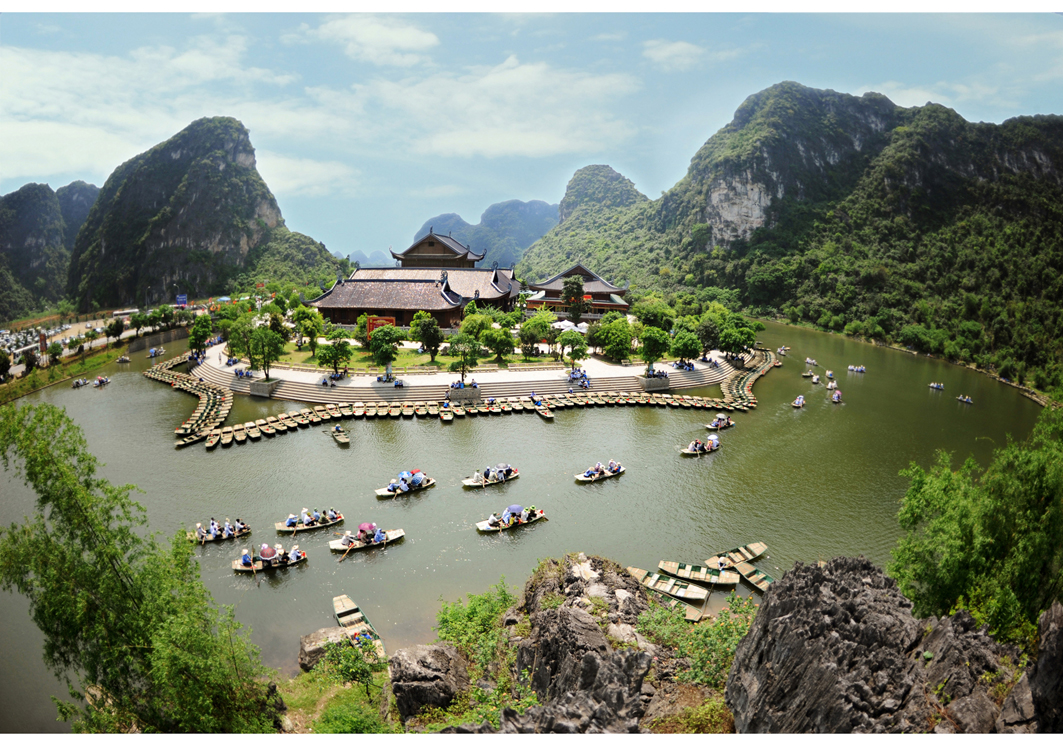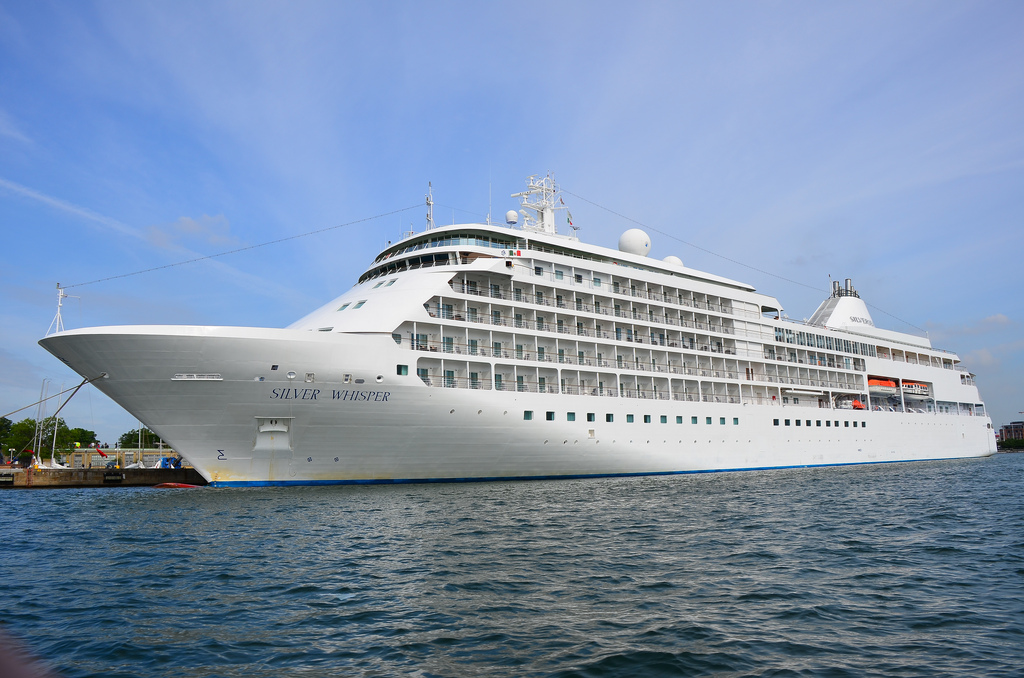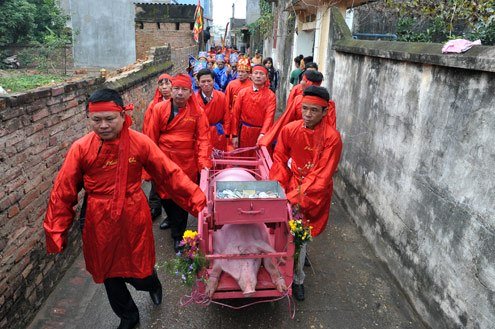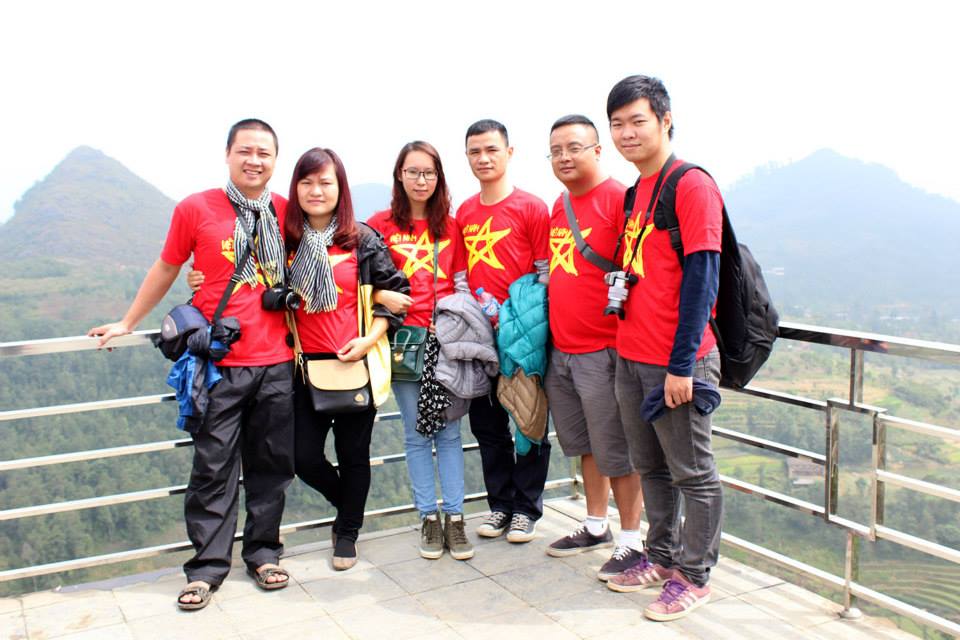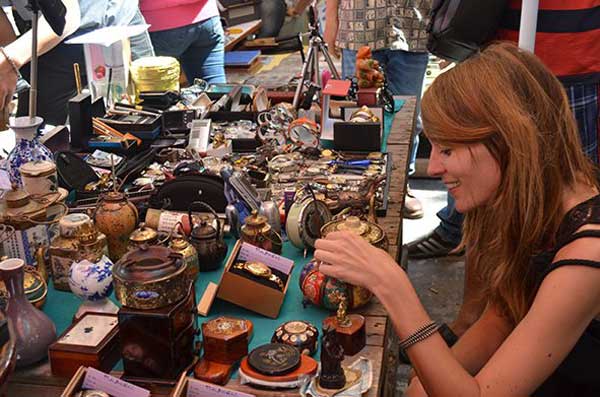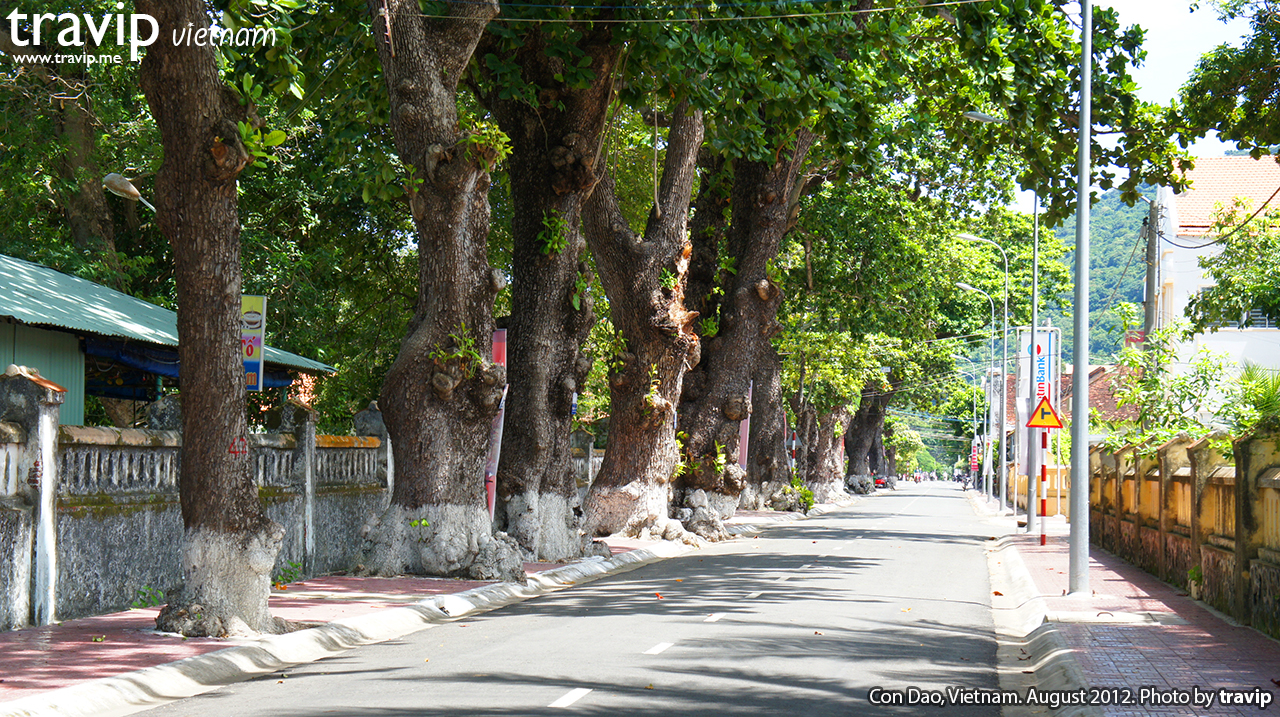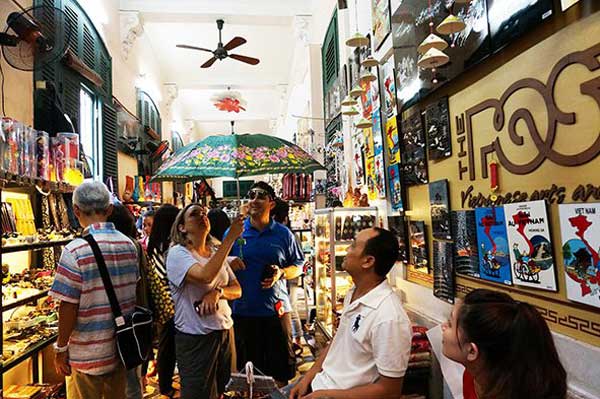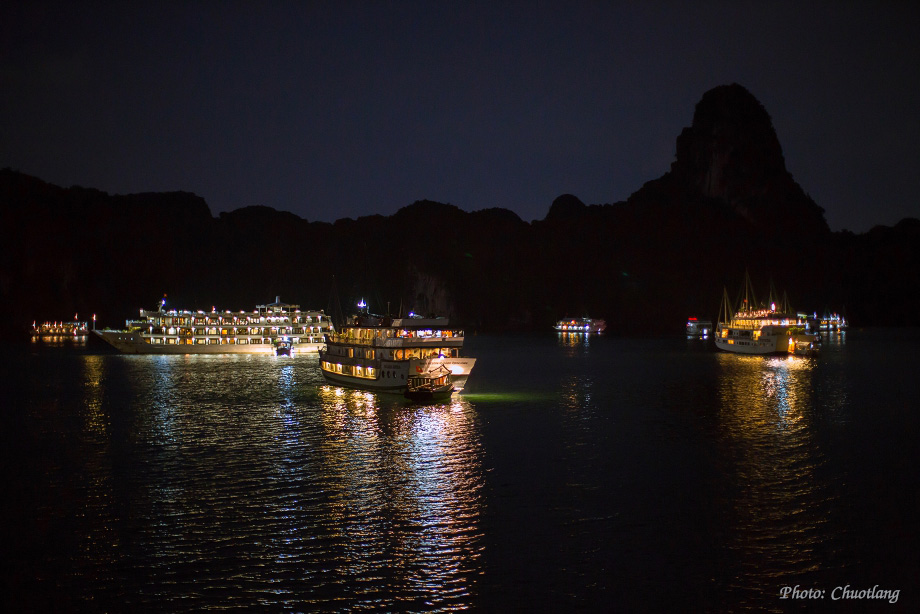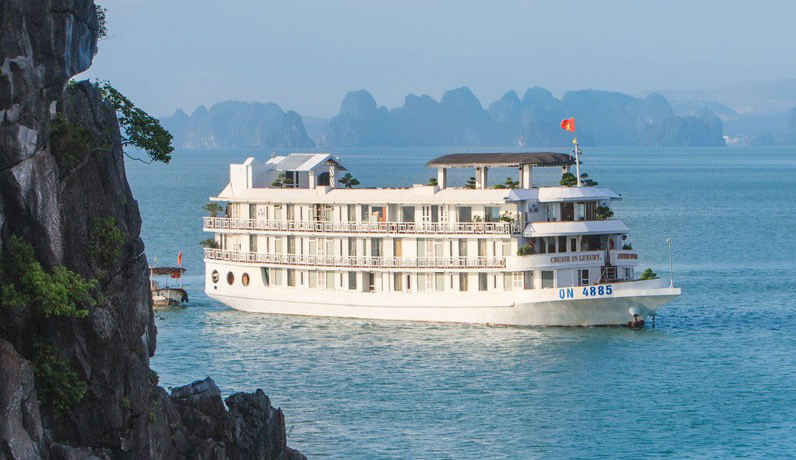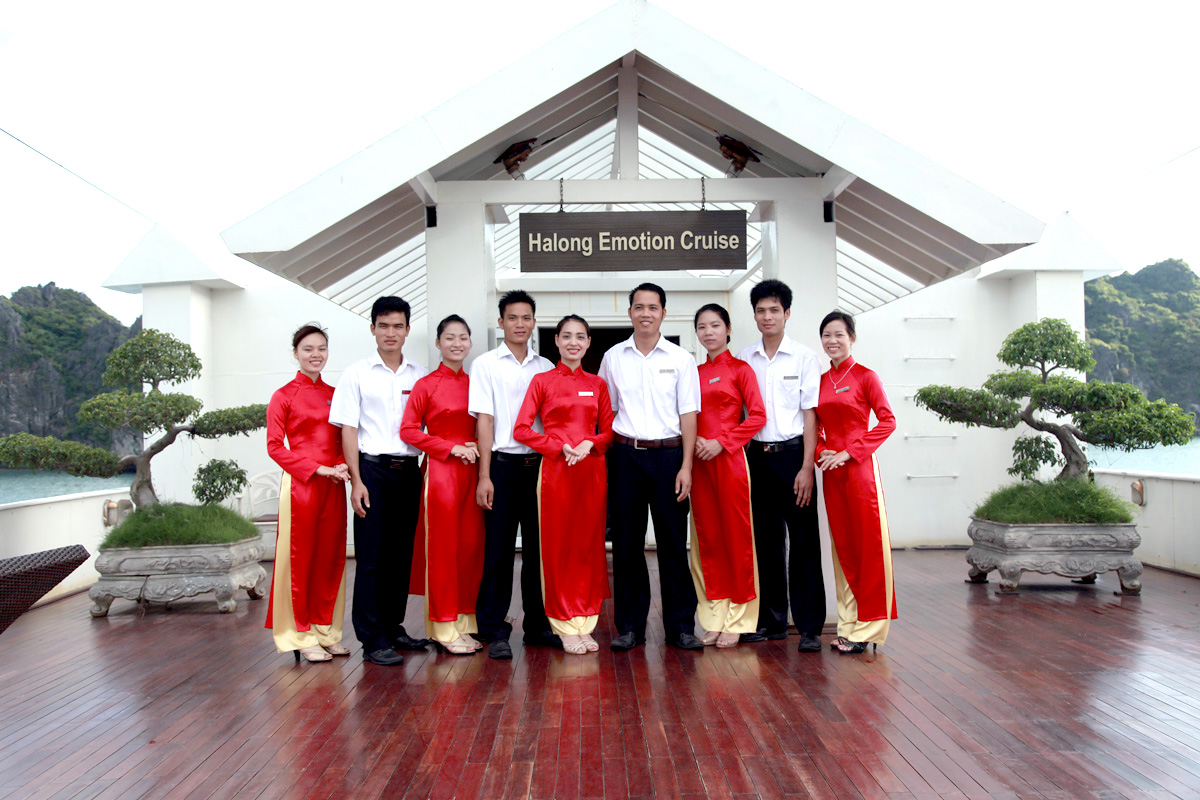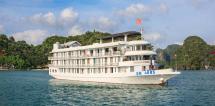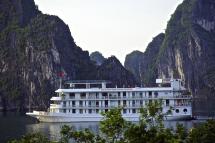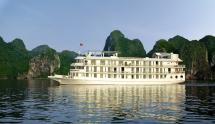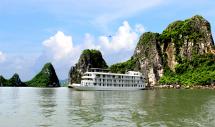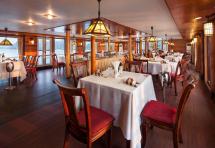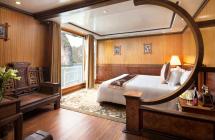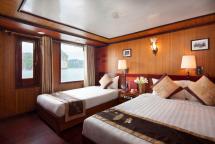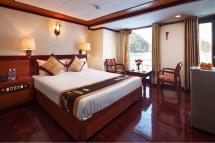Events
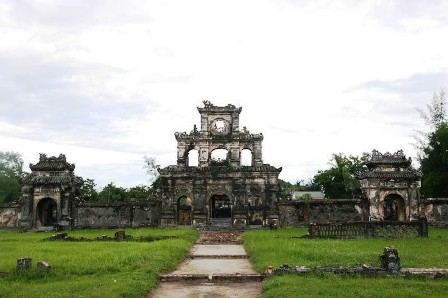
An Lang unveils righteous legacy
Of all the feudal monuments and sites that visitors to Hue get to enjoy, the most prominent and familiar ones are those that reflect the glory of the Nguyen Dynasty (1802-1945).However, those who want to know something about the dark side of royal life, as well as patriotism among kings confronting colonial and imperialist powers, the An Lang (Mausoleum) is worth a visit.
Almost every king that died in Hue before the reign of the Nguyen Dynasty ended in 1945 has a mausoleum.
These mausoleums typically carry the "era name" of the kings, hence they are called Gia Long, Minh Mang, Tu Duc, Khai Dinh and so on.
An Lang does not carry the name of any era, because it was not prepared by the king himself for his afterlife as previous emperors had done.
Furthermore, the mausoleum is not for one king, but three - grandfather, father and son. The latter two were patriots expelled from the country by the French colonialists.
Located on a small hill, the mausoleum is the nearest to Hue, about 2km away from the city centre at 8, Duy Tan.
An Lang lacks the physical magnificence and scale of the more well-known mausoleums, but it still gives the feeling of a hideaway from urban life.
After passing through two gates, visitors enter a separate one hectare area that comprises a Hue-style wooden building and a royal tomb. Cool breezes and sylvan surroundings add to the laidback atmosphere.
The wooden building is typical of Hue's nha ruong, meaning a wooden house with many beams and pillars. The wooden beams on top of the pillars are carved with figures that reflect royal power, like dragons.
The house worships three emperors: the dynasty's fifth king Duc Duc, the tenth king Thanh Thai and eleventh king Duy Tan.
It is divided into three spaces that show visitors the traditional family order. The altar for King Duc Duc (grandfather) and his wife is in the middle space while that for King Thanh Thai (father) is on the left and King Duy Tan (son) on the right.
King Duc Duc (1883) was put on throne after his adopted father Tu Duc's (1847-1883) death. But he was dethroned and jailed after just three days for correcting the late emperor's testament. The king died of hunger in 1884 and his body was wrapped in a segde mat and taken to an unplanned burial site on a hill. The carelessness of royal soldiers carrying the king's corpse is said to have decided his burial site. So An Lang is the place where the soldiers accidentally dropped the king's body.
Thanh Thai (1889-1907) was crowned king six years after his father's death. He built structures on what had been an earthen grave until then.
After 18 years on the throne, Thanh Thai was dismissed by the French for plotting against them.
Eight years after Duy Tan (1907-1916) succeeded Thanh Thai, he was arrested for participating in the revolutionary activities against the French colonists.
Thanh Thai and Duy Tan were expelled to Reunion island in Africa.
After their death, King Thanh Thai was buried in the tomb of An Lang in 1954 and King Duy Tan was reburied in the mausoleum in 1987.
At the mausoleum, visitors can view photos featuring the timeline of King Duy Tan. The exhibition was prepared by the king's son, Nguyen Phuoc Bao Vang, an overseas Vietnamese.
Reseacher Tran Duc Anh Son has said in an article that visitors to Hue can light incense for the kings at An Lang in tribute to their patriotism.
For me, An Lang is a good place to reflect on life and its myriad puzzles. I also go there out of admiration for those who dare to stand up for the right things.
OTHER EVENT
Halong video
Hot events
- Tourism sector expects to benefit from ASEAN Community
- Demand for cruise holidays rises
- Young riders’ traveling way
- Amazing food in Binh Ba
- Untapped beauty of Phu Yen
- Cho Ve chai – where memories are revived
- VietJet’s joint venture in Thailand makes debut
- Roasted Terminalia catappa fruit seeds on Con Dao
- Noi Bai Airport’s second terminal ready to open
- Early snowfall in Sapa attracts tourits
- An Lang unveils righteous legacy
- New symbol of Vietnam's tourism
- Vietnam Airlines changes flight schedule due to typhoon Hagupit
- Long Bien Bridge
- VNAT to launch tourism stimulus program
- Mountain pass offers stunning panoramic vista of Ha Giang
- Con Co Island – a floating green pearl
- Vietnam listed among top 10 coolest places to visit
- Vietnam to exempt visa for Indian tourists
- International travel agencies honoured
- Phu Quy Island in pristine condition
- Hanoi, Da Nang rank eighth among top tourist attractions
- Time seemingly stops on Con Dao Island
- “Bun cha”- special dish of Hanoi
- Vietjet to open flights to Russia’s Vladivostok
- Phu Quoc Island to have casino, special economic zone
- Seaplane Grand Opening at Tuan Chau Halong
- Vietnam Off-Road RFC 2014
- Miss World Ksenia Sukhinova visit Halong Bay



